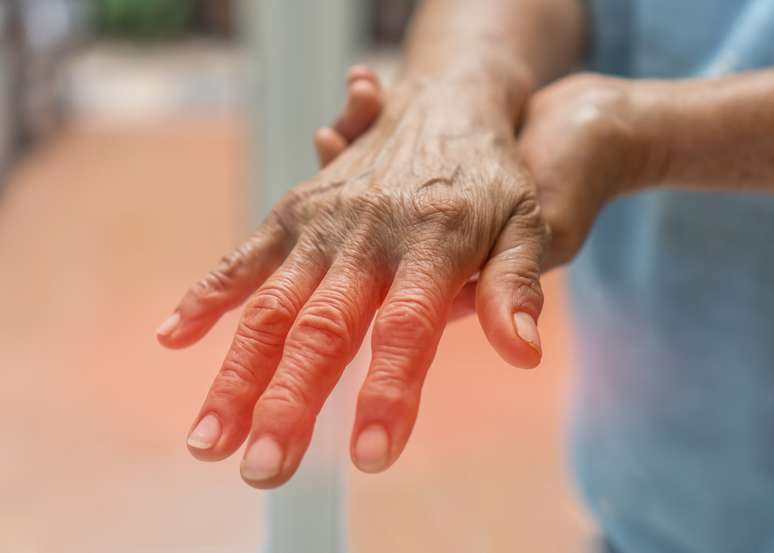Diabetes mellitus is a chronic disease that affects approximately 13 million Brazilians
Diabetes mellitus is a chronic disease that, according to the Ministry of Health, affects approximately 13 million Brazilians. It occurs when the pancreas does not produce enough insulin (type 1) or when the body cannot effectively use the insulin it does produce (type 2). .
Diabetes leads to hyperglycemia, an increase in the level of glucose (sugar) in the blood, something that, over time, causes damage to the body, particularly to the nerves and blood vessels.
According to the Brazilian Diabetes Society, 90% to 95% of diabetics live with type 2 diabetes, which is largely the result of excess body weight and physical inactivity.
The onset of the disease may be gradual and symptoms may be mild during the initial stages. Therefore, many people may not realize they have this condition and, as a result, the diagnosis may come too late.
Therefore, paying attention to early signs of type 2 diabetes may mean the person receives treatment sooner, reducing the risk of serious complications. Find out which symptoms should not go unnoticed:
1. Frequent urge to pee
When blood sugar levels are high, the kidneys try to eliminate excess sugar by filtering it from the blood. This may cause the person to need to urinate more frequently, especially at night.
2. Increased thirst
By peeing a lot, the person can also lose a lot of water. Therefore, over time, this can cause dehydration and make the person feel thirstier than normal.
3. Very hungry
People with diabetes often don’t get enough energy from the foods they eat. The digestive system breaks down food into a simple sugar called glucose, which the body uses as fuel. In people with diabetes, not enough glucose passes from the bloodstream into the body’s cells.
As a result, people with type 2 diabetes often feel constantly hungry, regardless of how much they have eaten.
4. Constant tiredness
Type 2 diabetes can affect a person’s energy levels and make them feel very tired or fatigued. This tiredness occurs due to insufficient passage of sugar from the bloodstream into the body’s cells.
5. Blurred vision
Excess blood sugar can damage the tiny blood vessels in the eyes, causing blurred vision. This blurred vision can occur in one or both eyes and can come and go. If a person with diabetes does not receive treatment, the damage to these blood vessels can become more severe, and eventually, permanent vision loss can occur.
6. Slow healing of cuts and wounds
High blood sugar levels can damage nerves and blood vessels, affecting blood circulation. As a result, even small cuts and wounds can take weeks or months to heal. Slow wound healing also increases the risk of infection.
7. Tingling, numbness, or pain in your hands or feet
High blood sugar levels can affect blood circulation and damage the body’s nerves. In people with type 2 diabetes, this can cause pain, tingling, or numbness in the hands and feet. This condition is known as neuropathy and can worsen over time and lead to more serious complications if a person does not receive treatment for diabetes.
8. Dark spots on the skin
Dark spots on the skin, which form in the creases of the neck, armpits or groin, can also be considered an indication of diabetes.
Risk factors for type 2 diabetes
Anyone can develop type 2 diabetes, but certain factors can increase the risk. Check:
- Be 45 years old or older;
- Have a sedentary lifestyle;
- Being overweight or obese;
- Having an unhealthy diet;
- Have a family history of diabetes;
- Have polycystic ovary syndrome (PCOS);
- Have a medical history of gestational diabetes, heart disease, or stroke
have prediabetes.
Source: Terra
Ben Stock is a lifestyle journalist and author at Gossipify. He writes about topics such as health, wellness, travel, food and home decor. He provides practical advice and inspiration to improve well-being, keeps readers up to date with latest lifestyle news and trends, known for his engaging writing style, in-depth analysis and unique perspectives.








